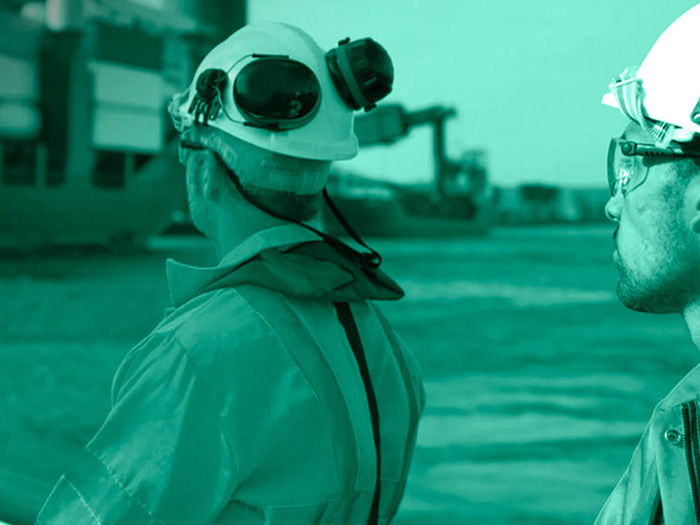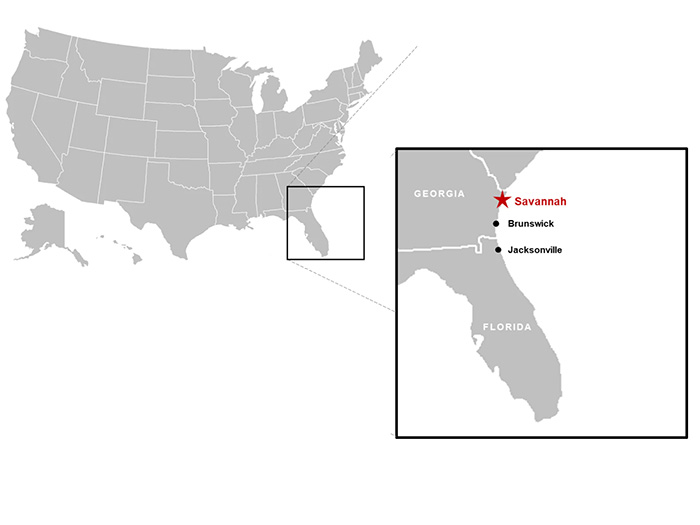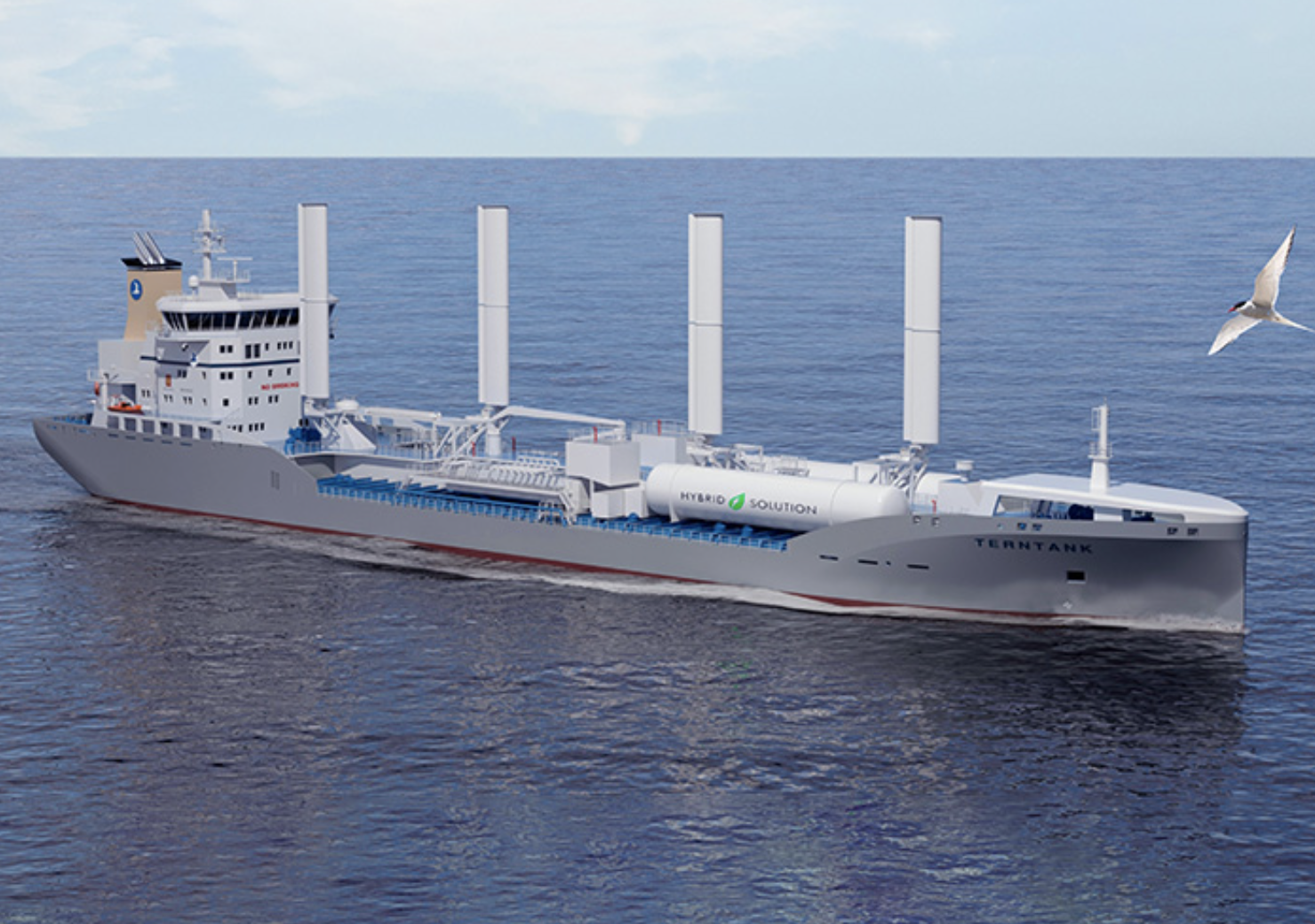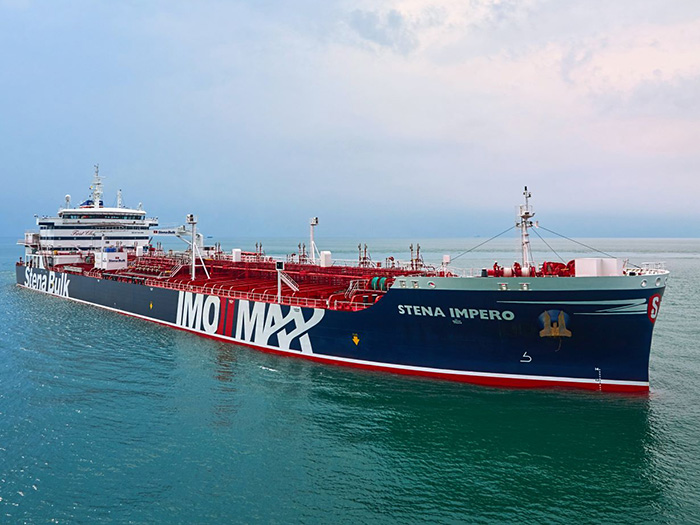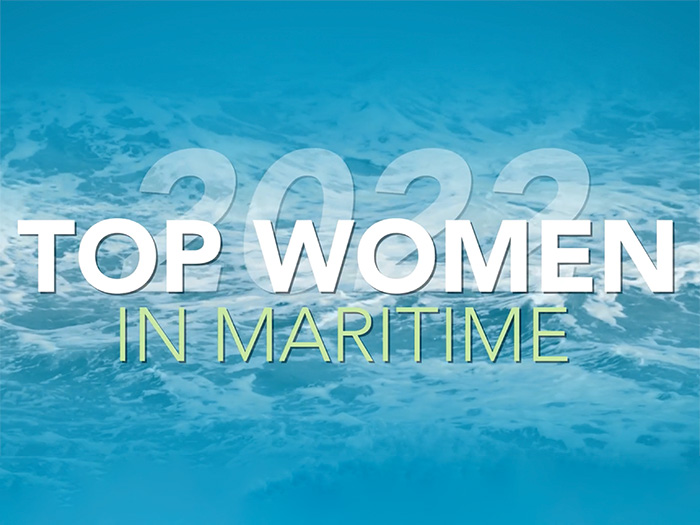by Janin Aden
To achieve decarbonization by 2050, the shipping industry will have to use at least 5% zero-emission fuels by 2030. Hapag-Lloyd aims to reduce the CO2 intensity of its entire fleet by 30% by 2030. By 2045, we are determined to make the operation of our ships completely climate-neutral.
Ultimately, climate-neutral fuels will be the most effective way to reduce CO2 emissions in shipping to a minimum. However, at this time, there is a great deal of related investment uncertainties. In fact, right now, we don’t even know which climate-neutral fuels will be available in the future in sufficient quantities.
The green energy bottleneck
These circumstances have prompted us to place our current focus on biomethane and synthetic methane, as these fuels can already be used on ships with dual-fuel engines. But it is also conceivable that synthetic methanol, synthetic ammonia, or biomethanol will be used at some future point. Of course, a sustainable fuel must also be safe to use and cost-effective. A range of fuels may also establish a foothold in various sectors, such as intercontinental and feeder traffic, which would probably ensure that there is a mix of energies. However, the key bottleneck is green electricity, which is ultimately needed to produce all e-fuels.
Since the investment cycles of container ships are usually around 25 years long, it is clear that every new ship that is ordered from now on will need to be designed to meet future requirements. Given the huge investment sums for new ships and the current uncertainty regarding which fuels will ultimately emerge as the dominant ones, ship propulsion systems must allow for as many options as possible.
In this case, dual-fuel propulsion systems offer a good solution for two reasons: First, they already enable significant CO2 savings when operated using LNG. And, second, they offer more flexibility when it comes to subsequent generations of new fuels, regardless of whether these will be in liquid or gaseous form.

Globally applicable regulations
Our sector operates on a global scale. And that is exactly why we need to have the kind of globally applicable regulations that would allow us to operate under fair competitive conditions. We naturally welcome the “Green Deal” and the proposed measures of the “Fit for 55” legislative package, as they can contribute to a further acceleration of decarbonization. At the same time, however, research and development continue to be key issues, and the related efforts urgently need to be stepped up. It would therefore make sense to have the revenues from the CO2 pricing system be invested in the appropriate R&D initiatives. Yet another important step would be government support programmes aimed at reducing the risks for pioneers.
It is up to the International Maritime Organization (IMO), in particular, to set global standards. It must be the one to move things forward, as it is the body that has the ability to set the right conditions for global shipping, establish a uniform framework, and prevent a patchwork of rules and laws. Climate targets are putting container shipping companies under enormous pressure to transform themselves. They are therefore depending on the IMO to create a reliable and ambitious framework for action that will support the shipping companies’ efforts to decarbonize.
Having the right policy framework can speed carriers upon on their path to zero-emission shipping. But, far from being free, climate-protection measures require very large investments. Whether states, companies, or even consumers, everyone will need to do their part to reduce emissions. For example, the12 new ships with the lower-emission dual-fuel engines that we recently ordered will have a combined price tag of roughly UD$ 2 billion.

Other cost items will include investments in R&D aimed at spurring more sustainable shipping. Special facilities are needed to produce green fuels. To make a fuel climate-neutral, it must be produced using green electricity. Expanding the necessary infrastructure will also require investments, such as for power lines to the production facilities and other infrastructure stretching right up to the edge of ports.
Given these factors, at least during the start-up phase, climate-neutral fuels will be more expensive than fossil fuels. Although container shipping companies have taken additional measures to boost efficiency, this will also make transports more expensive. These extra costs have to be passed on through the value chain to the end customer, as shipping companies cannot shoulder them on their own. However, if the value chain is looked at in “big picture” terms, these costs would hardly have any impact on end consumers. Owing to the volumes transported on ships, the price of individual products will often only go up by a few cents or euros.
Green financing is about promoting decarbonization while creating appropriate financial incentives at the same time. These financings are currently in high demand: In what is a genuine win-win situation, companies benefit from a price advantage for projects geared towards sustainability. But for this type of financing to work, there must be high standards – and no greenwashing. In this case, the lending banks take on a gatekeeper role, as they are the ones who ultimately ensure that green is truly green.
We want to do our part in efforts to achieve the 1.5°C targets. And we have already done a lot to this end. However, we are very aware that we, too, can – and must – do more. We have acknowledged the challenge. That is why our Enhanced Sustainability Strategy places an even stronger focus on reducing Hapag-Lloyd’s impact on the environment and, in particular, on climate change as much as possible. Our goal for the future is climate neutrality.

Preventing greenwashing
Green financing is about promoting decarbonization while creating appropriate financial incentives at the same time. These financings are currently in high demand: In what is a genuine win-win situation, companies benefit from a price advantage for projects geared towards sustainability. But for this type of financing to work, there must be high standards – and no greenwashing. In this case, the lending banks take on a gatekeeper role, as they are the ones who ultimately ensure that green is truly green.
We want to do our part in efforts to achieve the 1.5°C targets. And we have already done a lot to this end. However, we are very aware that we, too, can – and must – do more. We have acknowledged the challenge. That is why our Enhanced Sustainability Strategy places an even stronger focus on reducing Hapag-Lloyd’s impact on the environment and, in particular, on climate change as much as possible. Our goal for the future is climate neutrality.

A collective challenge
Permanently reducing the CO2 emissions of shipping, acting climate-neutrally over the long term, and achieving the 1.5°C climate target – all of these goals are still a long way off, but the clock is ticking. Decarbonization is a global challenge, and everyone – including shipping – will have to do their part. What’s important is that we all work together across industries, as we will only achieve these goals together.
Rather than merely thinking in regional or national terms, we need to find global solutions. This will require a global policy framework that makes it possible to take a range of different measures along the path to climate neutrality while also reducing the risks for pioneers. Making shipping climate-neutral as possible. Although the costs would be passed on to the end consumer via the value chain, in the end, individual products – such as T-shirts or laptops – would hardly become more expensive.








